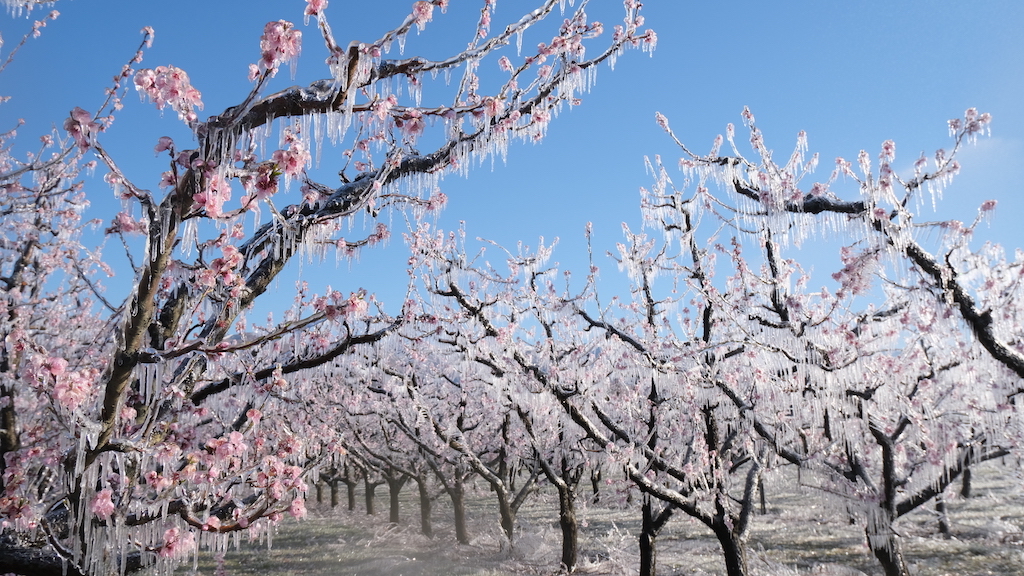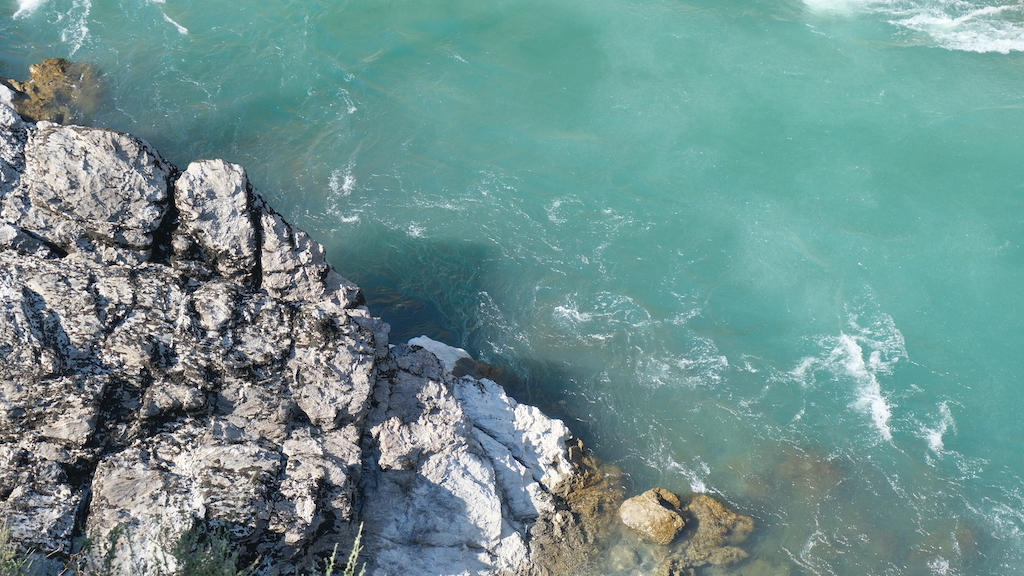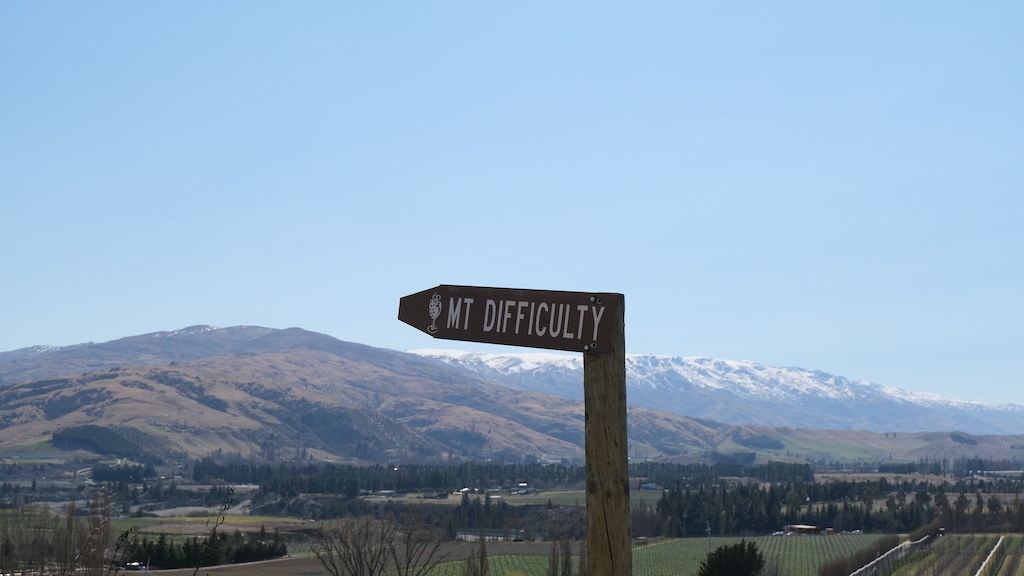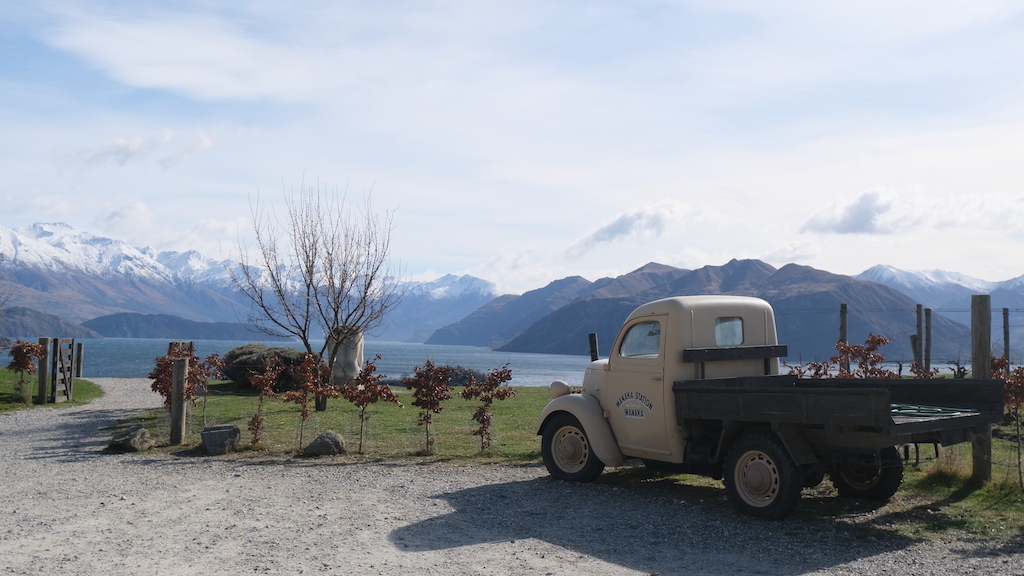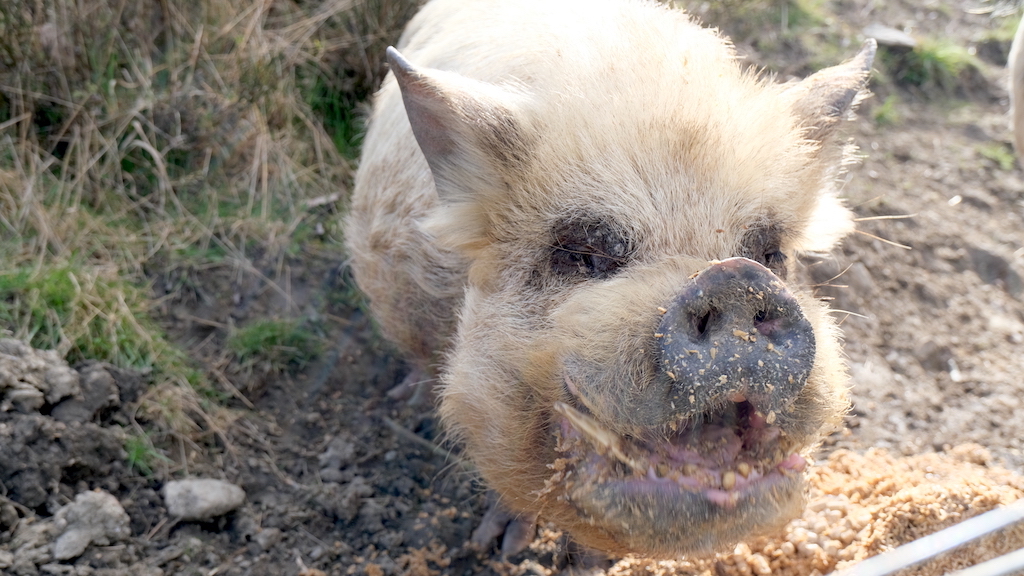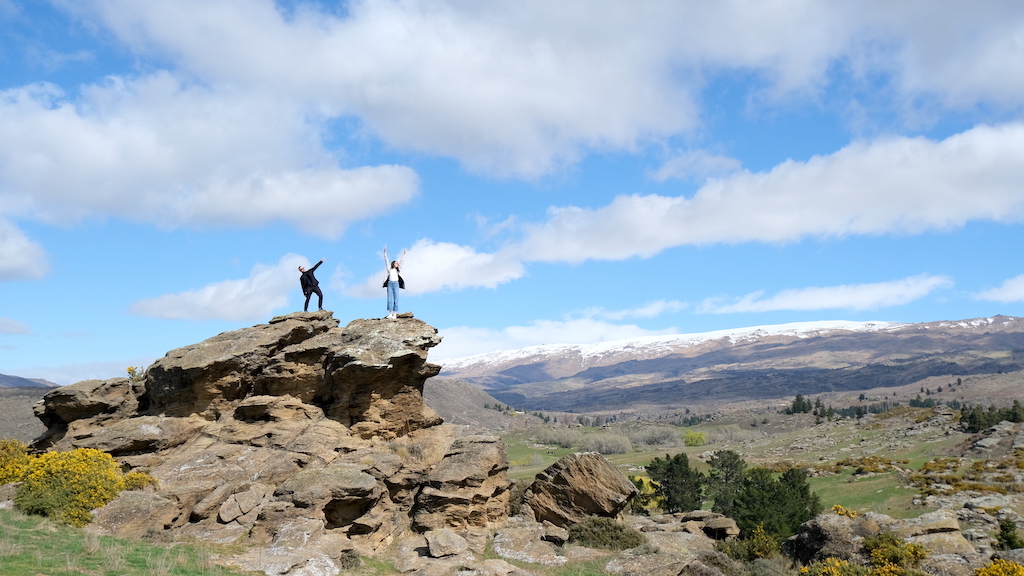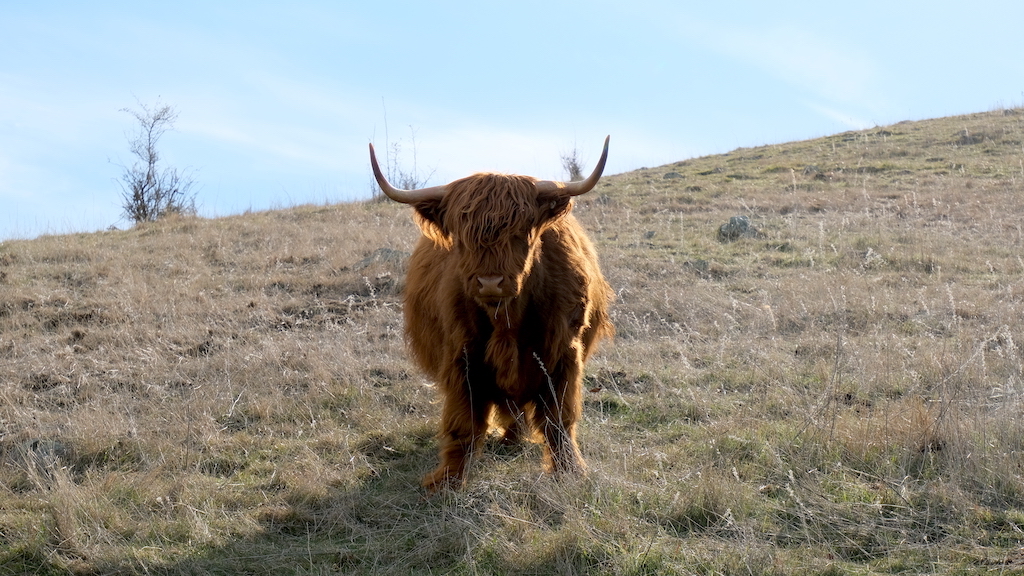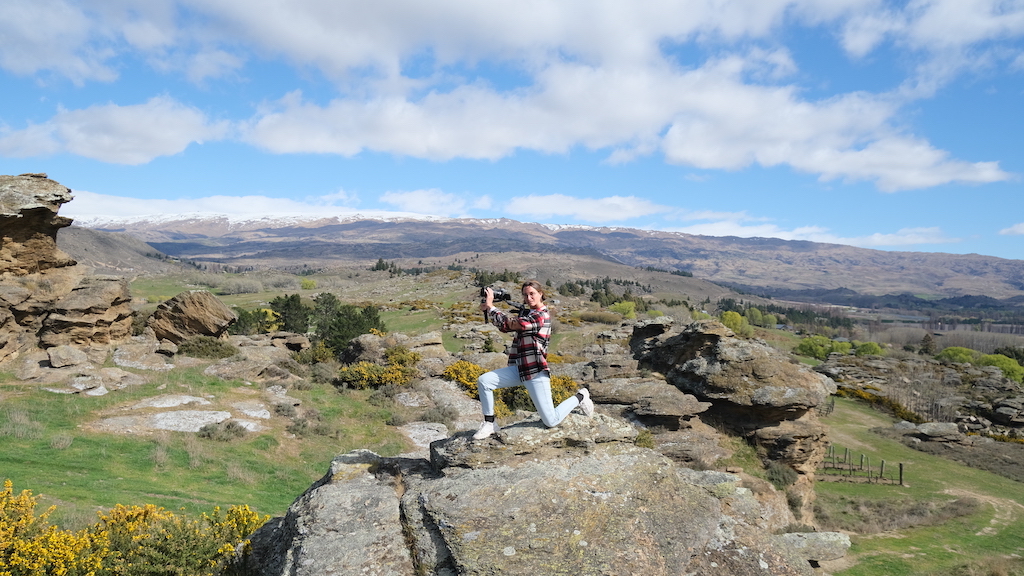CENTRAL OTAGO, Pinot’s Wild Country
Like Bonnie and Clyde, Sonny and Cher, or Simon and Garfunkel: You can’t mention Central Otago and not think of Pinot Noir.
But what makes it such a good place to Pinot?
Well, the place itself is pretty much perfect. Right at the bottom of New Zealand, Central Otago is the world’s southernmost wine region (and its country’s highest). This grape is finicky, hard to grow, and it HATES heat, so it needs cooler climates, but it does best when planted in warm pockets of those cool places. Central Otago is cool – cold even – with temperatures dipping as low as -10 degrees in winter. And in summer, it gets hot during the day (the mercury often hits 40 degrees) but it’s still cool at night. So, grapes ripen during the day, then they refresh over night. Ripen, refresh. Ripen, refresh. It’s this variation between those warm days and cool nights that give the wines a darker, fuller flavoured feel, and that help make Central Otago Pinot so unique. Although, as with any region, there are always exceptions to the rule.


